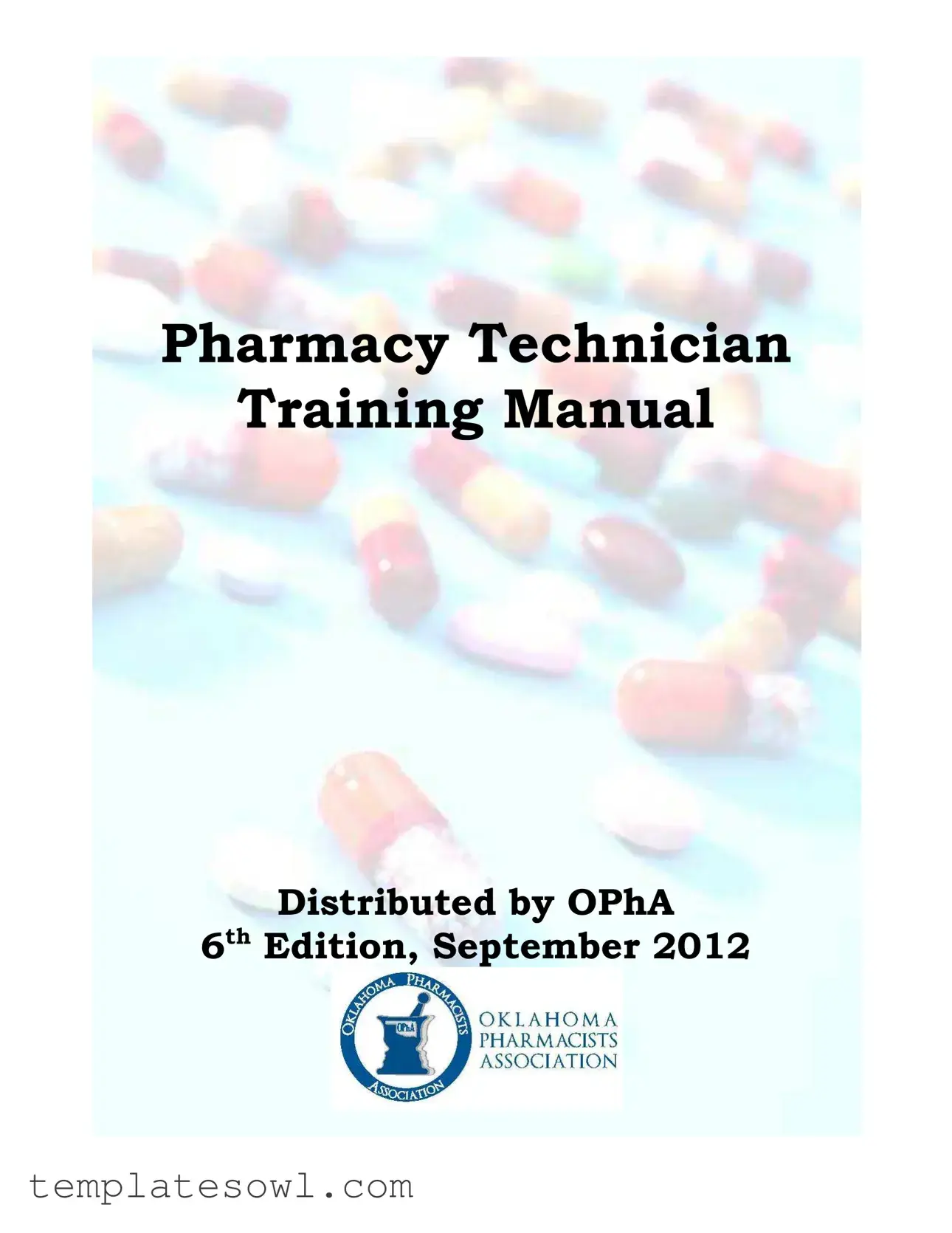iii.Sincerity: The combination of honesty, common sense and diplomacy may be characterized as sincerity. Show concern for the patient.
iv.Concern for others: A concern for others, coupled with empathy, open-mindedness and understanding of their opinions or situation is important. Try to look at their point of view. Are there other helpful options?
v.Tact: Tact is an important aspect of verbal communication in any pharmacy.
e.Pharmacy Technicians interrelationships with:
i.Pharmacists: All tasks performed by the tech are the ultimate responsibility of the pharmacist. The tech works under direct and immediate supervision by the pharmacist, as stated in the State Board Rules. The tech should present any problems or discrepancies to the pharmacist.
ii.Patients: The tech should be courteous and tactful when obtaining information. Refer all medication questions to the pharmacist.
iii.Physicians: The tech should be courteous and identify themselves. Refer all medication questions to the pharmacist.
iv.Nurses and/or medical office staff: Refer all medication questions to the pharmacist.
III.Communication Techniques
a.Telephone Etiquette and protocol
i.It is necessary and important that you always identify yourself as a technician when communication via telephone. Whether answering a call at the pharmacy or phoning a doctor’s office or insurance company.
1.Example 1) “Thank you for calling (your store name here), my name is (your name here), technician, how may I help you.”
2.Example 2) “Hello my name is (your name here), I’m a technician with (your store name here.)….”
ii.Basic communication skills: Always communicate with a helpful attitude.
iii.Be an active listener.
iv.Communication is a two way street.
v.Articulation: the use of precise words to describe a situation.
vi.Pleasant voice: speak slowly, distinctly, and pleasantly. The caller cannot see facial expressions so the voice is all important.
vii.Friendliness is one of the easiest and most effective tools of good communication.
viii.Listen attentively and patiently. Do not assume you know what is going to be said; wait for the person to finish before responding.
IV. Pharmacy Laws and Rules
a.Pharmacy Law – refer to Oklahoma Pharmacy Law Book
b.Pharmacy Rules


